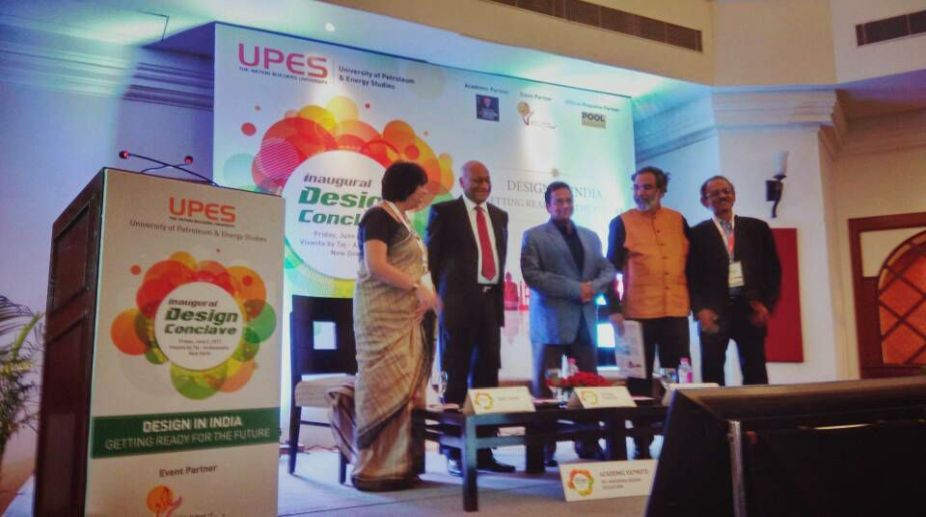Nasscom to nurture 37 homegrown GenAI startups in 2nd cohort
IT industry’s apex body Nasscom on Thursday announced the selection of 37 Generative AI (GenAI) startups and 30 per cent of them have women in their founding teams.

(Photo: Facebook)
The changing landscape of design industry in India paves the way for immense opportunities. There has been a surge in its demand in the country lately. “Many students want to get into the design school as there is openness to choose alternate careers rather than merely ending up doing straight-jacketed courses.
More importantly, there is also growing demand from the industry as they need people who have skills,” said Utpal Ghosh, CEO and president, University of Petroleum and Energy Studies at a design conclave in Delhi, recently.
Advertisement
According to India Design Report, design education has seen a spurt of growth in the last five years or so with many private institutions getting initiated.
Advertisement
Before this, it was characterised by government-supported institutions only, which were few in numbers for a country as large as India. Started in 2013, the School of Design Studies at UPES, Dehradun, is one such institute that offers specialised design programmes at undergraduate and postgraduate level keeping in mind the industry requirements.
The programmes offered are product design, transport design, industrial design and interaction design. Ghosh, shared that the varsity is one of the very few, or probably the only one, in the country that has a compulsory design thinking course for all engineering branches.
Design is essentially fundamental to life — whether it's an idea or product, process or any system. But often times, we link design only with products.
For instance, in the IT industry, one of the biggest areas, where they are finding gaps is in design thinking. Echoing similar sentiments, Anil Saini, director (design), General Motors Technical Center India, emphasised on the need for developing specialised skills like transportation design in design departments.
He said, “Even though the design industry in India is pretty small at present, its economic impact is quite high as it helps major industry sectors by augmenting their business value and competitiveness.” Besides, the government's National Intellectual Property Rights policy was also given a thumbs-up during the conclave as it enables designers to protect their original designs, spurring creativity and stimulating innovation.
“Government is keen in promoting design as it is in conjunction with Design in India initiative. It has a very robust system of IPR policy to protect the interests and works of the designers,” said Ghosh.
In addition, in a panel discussion on “Role of Design in Business Growth”, moderated by Saurabh Singh, deputy general manager, Design Studio, Maruti Suzuki India Ltd, industry leaders from the design sector unanimously agreed that design is at the core of any business's success story and therefore, it's time that designers are also taught business and strategy.
Participating in this panel discussion were Ajay Gupta, founder director, First Touch Solutions Pvt Ltd; Anupama Bhat, co-founder, Design Lead, Kriya Studio; Chetan Sorab, team head, Industrial Design, LG Electronics India Pvt Ltd; Satish Komaragiri, founder director, Advandes Design Engineering Services; and Sudhir Kumar, director and industrial designer, SKM Designs Pvt Ltd.
Speaking about the challenges facing this industry, Ghosh opined, “It has its own challenges like any other industry. The awareness levels are still not as high as we want them to be.
Therefore, there is a need to popularise design and design-thinking at the school levels, where design can be brought in as one of the subjects in the curriculum. However, there are also schools that are taking their own initiatives to teach design. This discipline is passion-driven.
Therefore, people who are really passionate about it can enroll for it and there are multiple opportunities”.
Interestingly, Krithika Mani, a Class V student of Pathways School, Gurgaon, impressed the audience with her take on design and creativity and showcased the prototype of a walking stick that she designed keeping in mind the needs of senior citizens and osteoporosis patients.
Advertisement